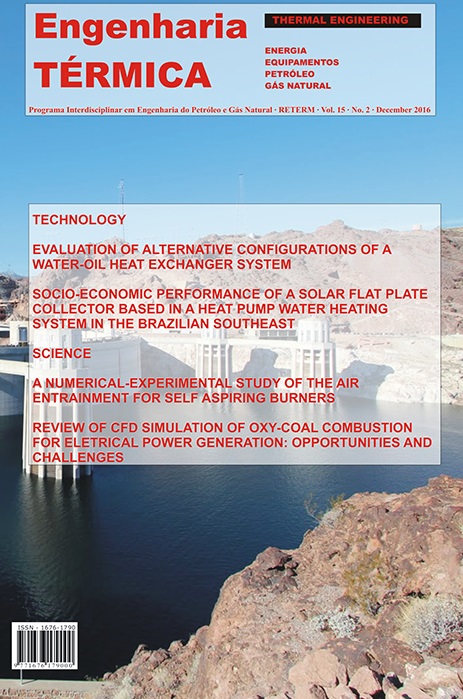A COMPARATIVE STUDY FOR PROPELLER BLADE DESIGN
DOI:
https://doi.org/10.5380/reterm.v15i2.62174Keywords:
propeller, blade, wind, tunnel, airplaneAbstract
This work presents a comparative study between two propeller design methods for aeronautical application, with emphasis on its main element, the blade. The first method is an empirical approach based on graphical distribution of design parameters of a propeller and consists on a sequence of steps which starts from defined value for parameters like flight speed, propeller RPM, etc; with a view to obtain others dimensional parameters (diameter, twisting angle, etc) for a propeller to be used on a general aviation aircraft, with the goal to achieve certain performance target. According to the author of this method, the design of a propeller should be seen more as an art rather than exact science. The second method is well known by the aeronautical industry and called “method or theory of blade element”. This theory consider a propeller blade as a twisted wing, for which the quantities of interest to be obtained are the aerodynamics reactions, lift and drag, which are a function of the airfoil characteristics (treated as aerodynamic coefficients, cl for lift and cd for drag) for each section along blades length, twist angle, Mach, etc. For obtaining the propeller value of interest, the number of blades must also be considered. As an application for the study it was used a tri-blade propeller which equips an airplane for general aviation, that can carry 4 occupants flying at 170 Knots. The first aim of this study was to compare the results provided by the empirical method against the BET (Blade Element Theory). A secondary objective was to extend the empirical method in the design of a propeller for use on a closed circuit wind tunnel, once verified the consistency of obtained results as aimed on the first part of this study. Although the results were favorable, showing that both methods provide similar results, the study showed that the empirical method is not valid for operating and constructive conditions set for conditions like the defined for this wind tunnel, once for this type of application, the design parameters extrapolates the minimum and maximum limits established in the empirical method, providing extremely inconsistent results.
Downloads
Published
How to Cite
Issue
Section
License
Direitos Autorais para artigos publicados nesta revista são do autor, com direitos de primeira publicação para a revista. Em virtude da aparecerem nesta revista de acesso público, os artigos são de uso gratuito, com atribuições próprias, em aplicações educacionais e não-comerciais.



